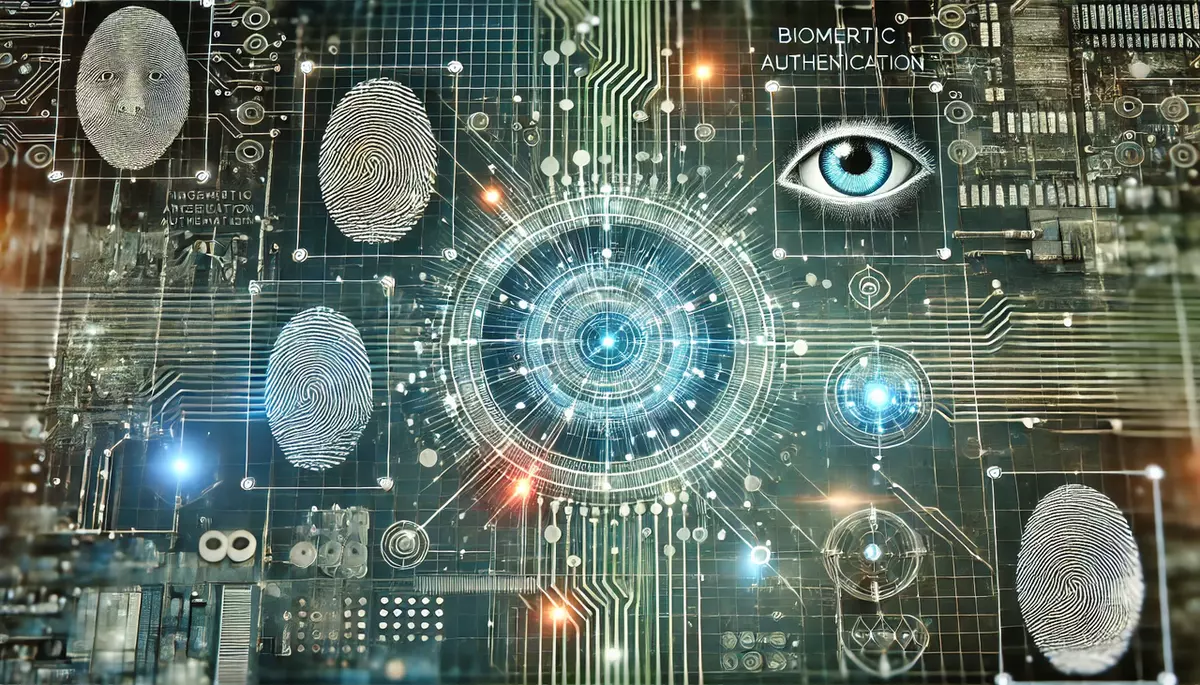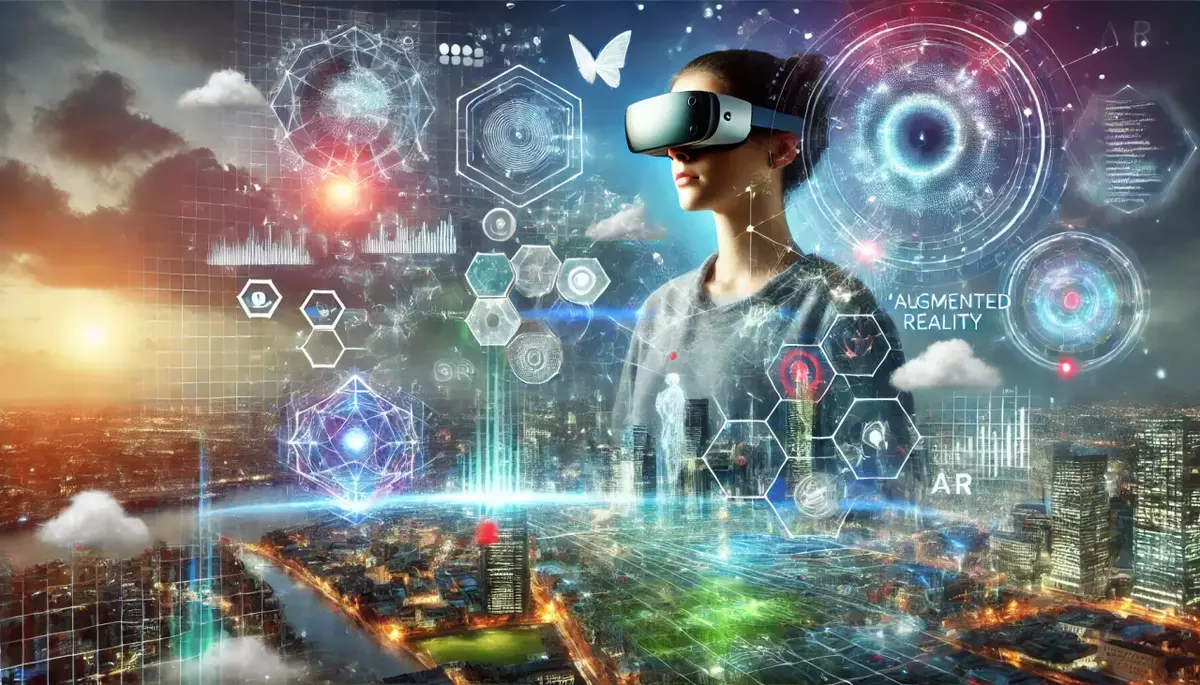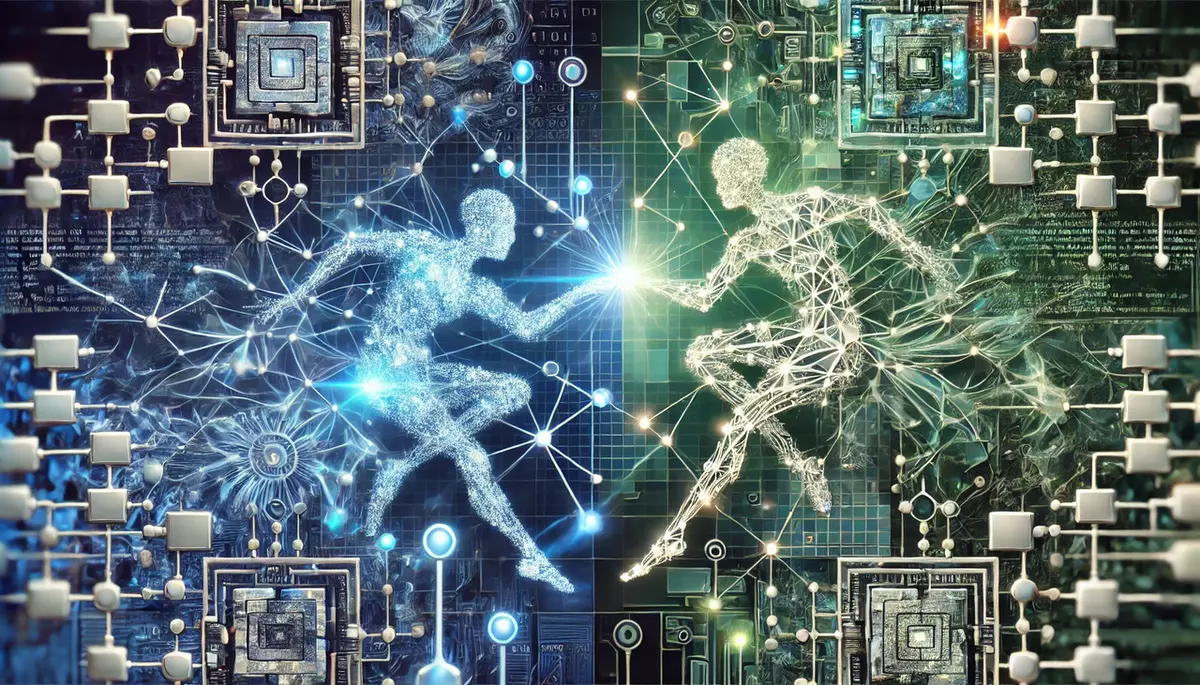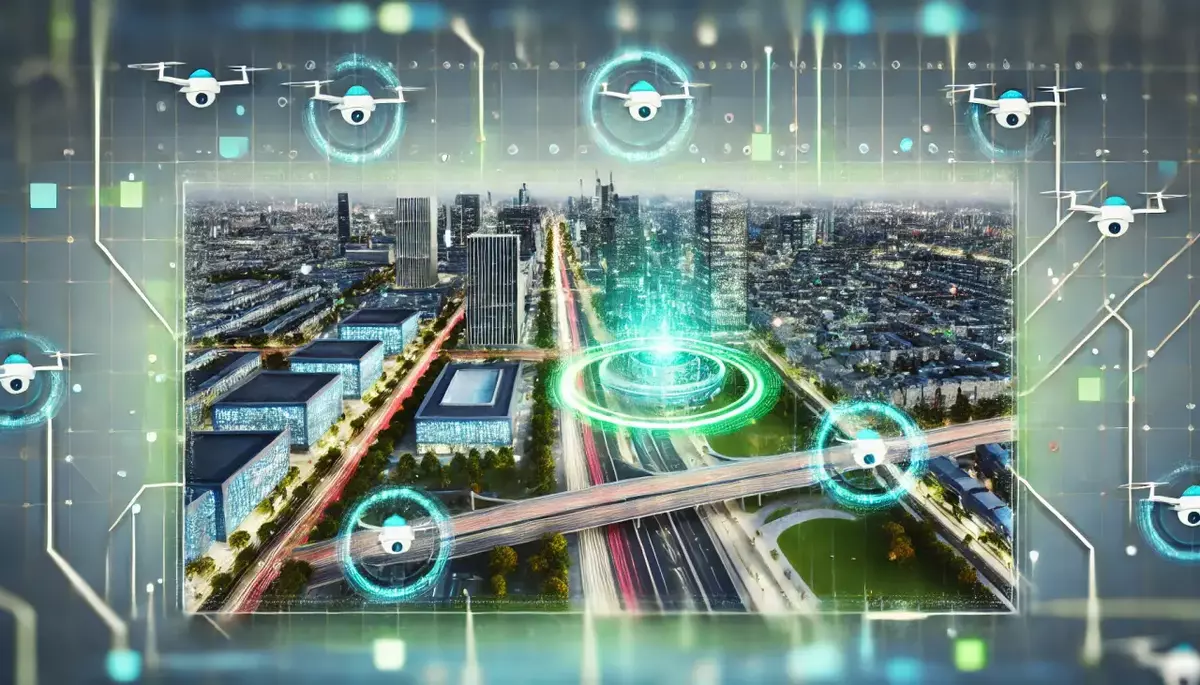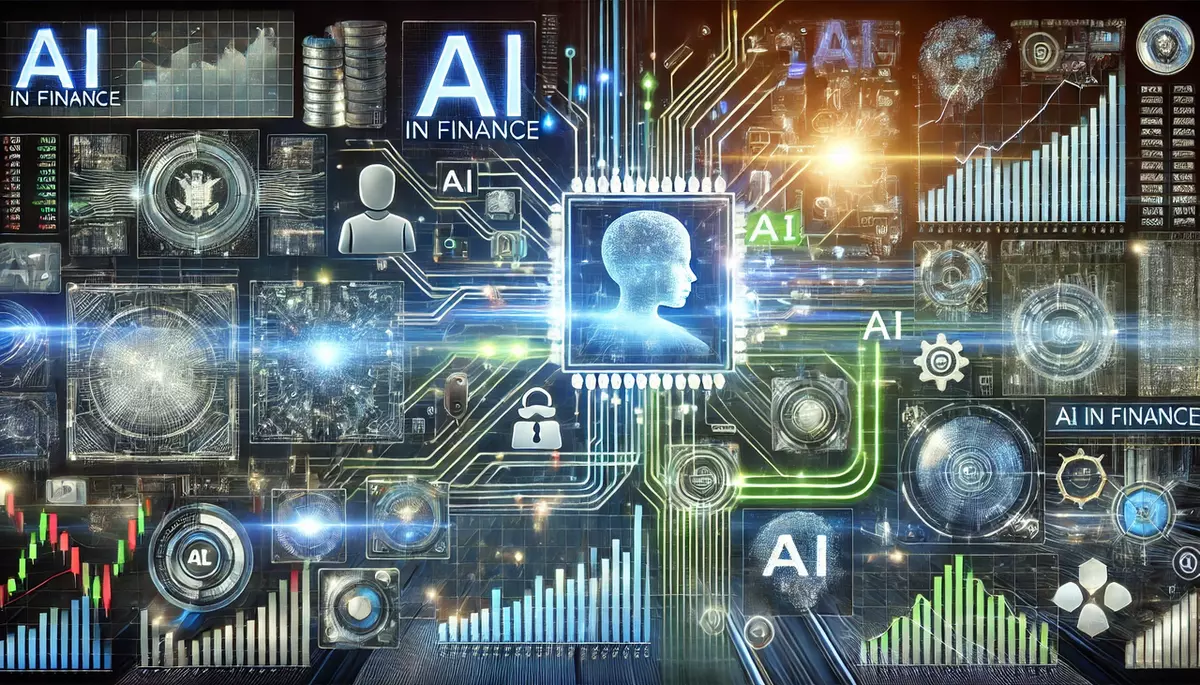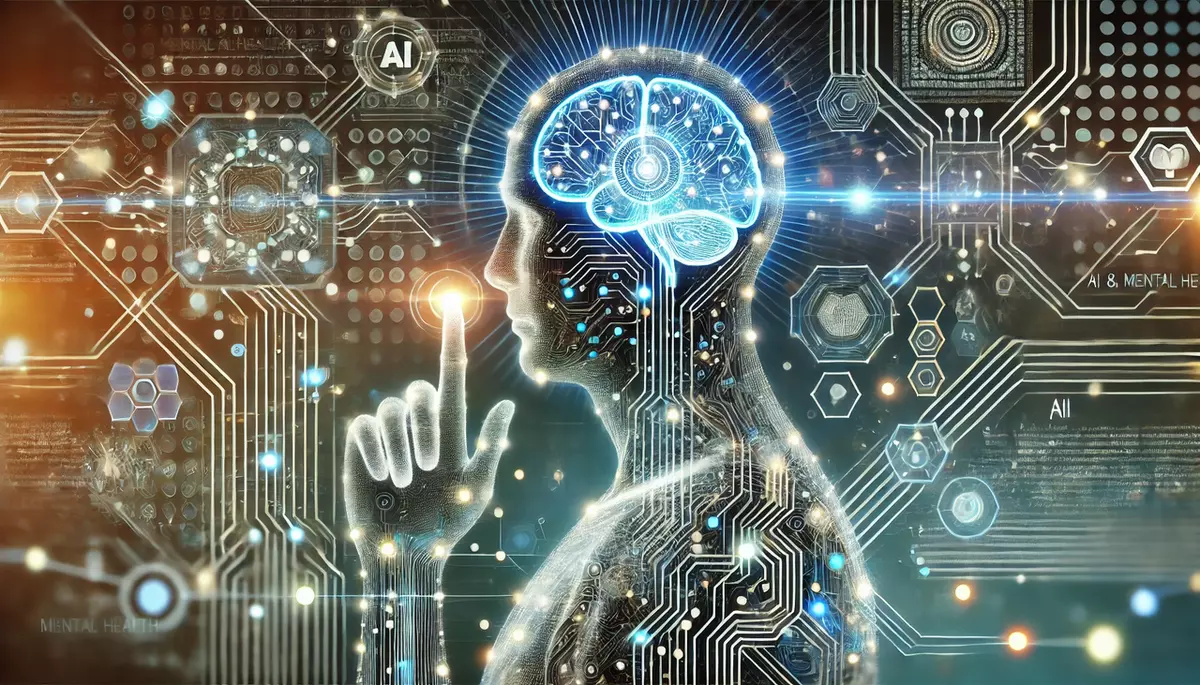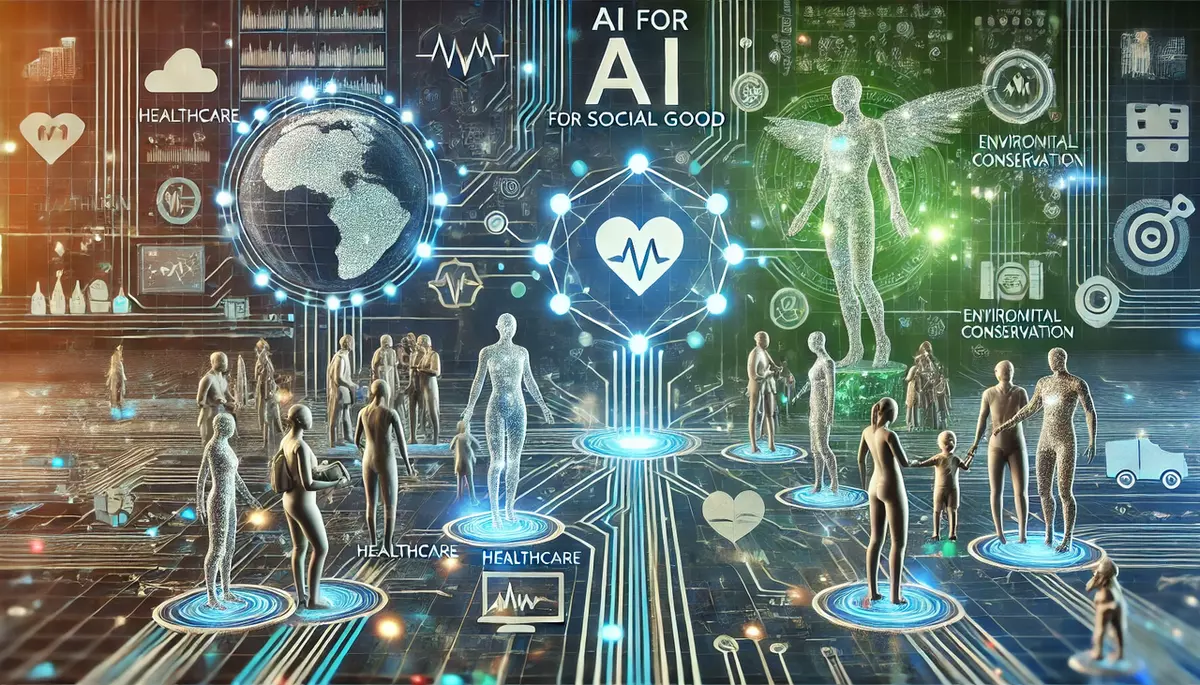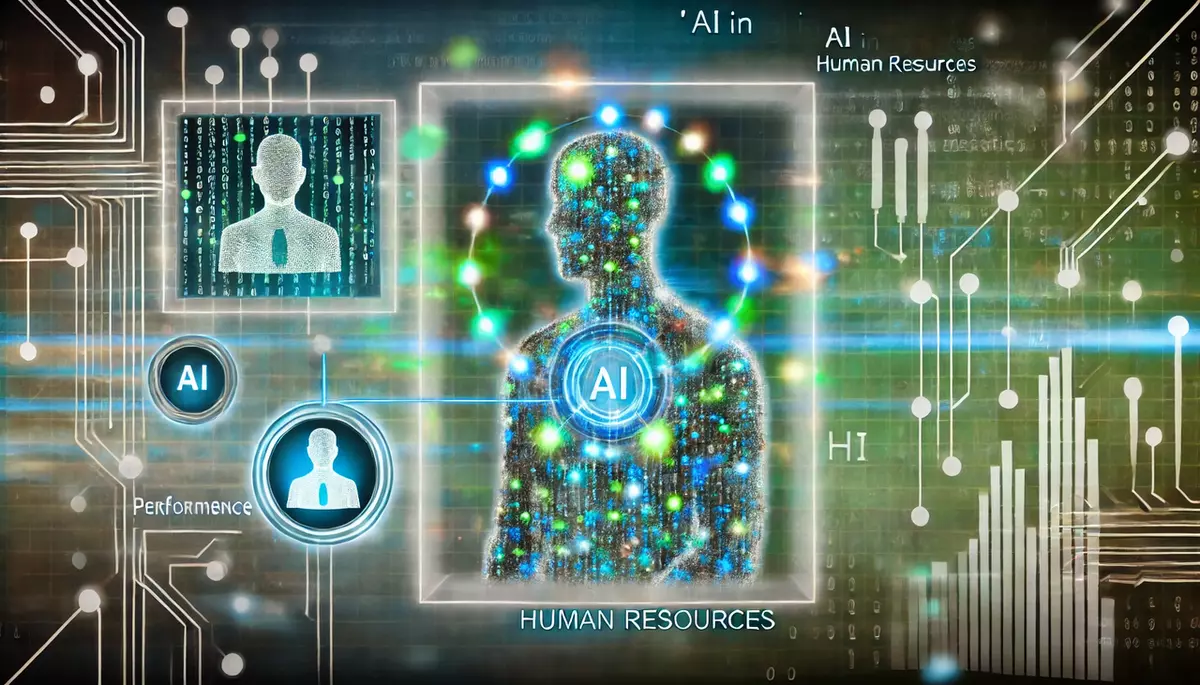Introduction
Biometric authentication is a security technology that identifies or verifies an individual’s identity based on their unique physical or behavioral characteristics. This knowledge base article explores the principles, types, applications, and future trends of biometric authentication.
What is Biometric Authentication?
Biometric authentication is a method of identifying or verifying a person’s identity by analyzing their unique biological or behavioral traits. These traits, known as biometric identifiers, are used to grant or deny access to systems, devices, or services.
Key Characteristics of Biometric Authentication:
- Uniqueness: Each individual has unique biometric characteristics that can be used to distinguish them from others.
- Universality: All individuals possess the biometric characteristics required for identification.
- Permanence: Biometric characteristics remain relatively stable over time.
- Collectability: Biometric characteristics can be measured and quantified.
Types of Biometric Authentication
There are several types of biometric authentication, each utilizing different physical or behavioral characteristics:
Physical Biometrics:
- Fingerprint Recognition: Identifies individuals based on the unique patterns of their fingerprints.
- Facial Recognition: Identifies individuals based on the unique features of their face.
- Iris Recognition: Identifies individuals based on the unique patterns of their iris.
- Hand Geometry: Identifies individuals based on the unique shape and size of their hand.
- Retina Scanning: Identifies individuals based on the unique patterns of blood vessels in the retina.
Behavioral Biometrics:
- Voice Recognition: Identifies individuals based on the unique characteristics of their voice.
- Signature Verification: Identifies individuals based on the unique patterns of their handwritten signature.
- Keystroke Dynamics: Identifies individuals based on the unique rhythm and timing of their typing patterns.
- Gait Recognition: Identifies individuals based on the unique patterns of their walking or movement.
Applications of Biometric Authentication
Biometric authentication is used in a wide range of applications, including:
Security and Access Control:
- Securing access to buildings, devices, and digital systems.
- Preventing unauthorized access and identity theft.
Law Enforcement and Forensics:
- Identifying suspects and victims in criminal investigations.
- Tracking and monitoring individuals for security purposes.
Financial Services:
- Securing access to bank accounts, credit cards, and mobile payments.
- Preventing fraud and unauthorized transactions.
Healthcare:
- Verifying patient identity and securing access to medical records.
- Monitoring patient compliance with treatment plans.
Challenges and Limitations of Biometric Authentication
While biometric authentication offers many benefits, it also faces several challenges and limitations:
- Accuracy and Reliability: Biometric systems can be susceptible to errors, such as false positives or false negatives.
- Privacy and Security Concerns: The collection and storage of biometric data raise privacy concerns and can be vulnerable to hacking or data breaches.
- Accessibility: Some individuals may have physical or behavioral characteristics that are difficult to capture or measure by biometric systems.
- Spoofing and Circumvention: Biometric systems can be vulnerable to spoofing attacks, where an attacker attempts to mimic a legitimate user’s biometric traits.
Future Trends in Biometric Authentication
The field of biometric authentication is constantly evolving, with several emerging trends and advancements:
- Multimodal Biometrics: Combining multiple biometric modalities to improve accuracy and security.
- Continuous Authentication: Continuously verifying a user’s identity throughout a session, rather than just at the initial login.
- Behavioral Biometrics: Increased focus on using behavioral characteristics, such as gait or typing patterns, for authentication.
- Biometric-Enabled Devices: Integration of biometric sensors into a wide range of devices, including smartphones, laptops, and IoT devices.
- Biometric Data Privacy: Advancements in privacy-preserving biometric technologies and data protection regulations.
Conclusion
Biometric authentication is a powerful security technology that leverages an individual’s unique physical and behavioral characteristics to verify their identity. As biometric systems continue to evolve, they will play an increasingly important role in securing our digital and physical environments, while also presenting new challenges and considerations around privacy, security, and accessibility.
This knowledge base article is provided by Fabled Sky Research, a company dedicated to exploring and disseminating information on cutting-edge technologies. For more information, please visit our website at https://fabledsky.com/.
References
- Jain, A. K., Ross, A., & Prabhakar, S. (2004). An introduction to biometric recognition. IEEE Transactions on Circuits and Systems for Video Technology, 14(1), 4-20.
- Maltoni, D., Maio, D., Jain, A. K., & Prabhakar, S. (2009). Handbook of fingerprint recognition. Springer Science & Business Media.
- Ratha, N. K., & Bolle, R. M. (Eds.). (2004). Automatic fingerprint recognition systems. Springer Science & Business Media.
- Wayman, J., Jain, A., Maltoni, D., & Maio, D. (Eds.). (2005). Biometric systems: technology, design and performance evaluation. Springer Science & Business Media.
- Yampolskiy, R. V., & Govindaraju, V. (2008). Behavioural biometrics: a survey and classification. International Journal of Biometrics, 1(1), 81-113.

